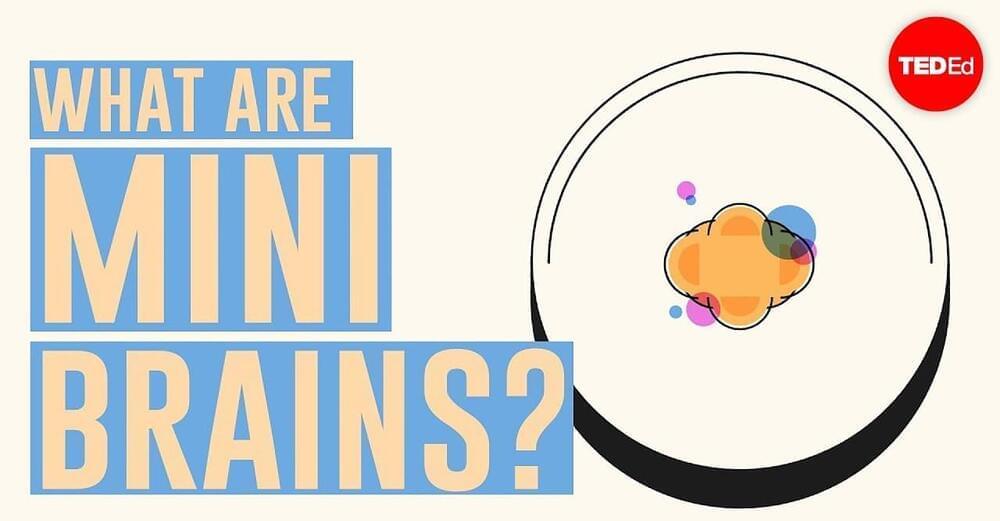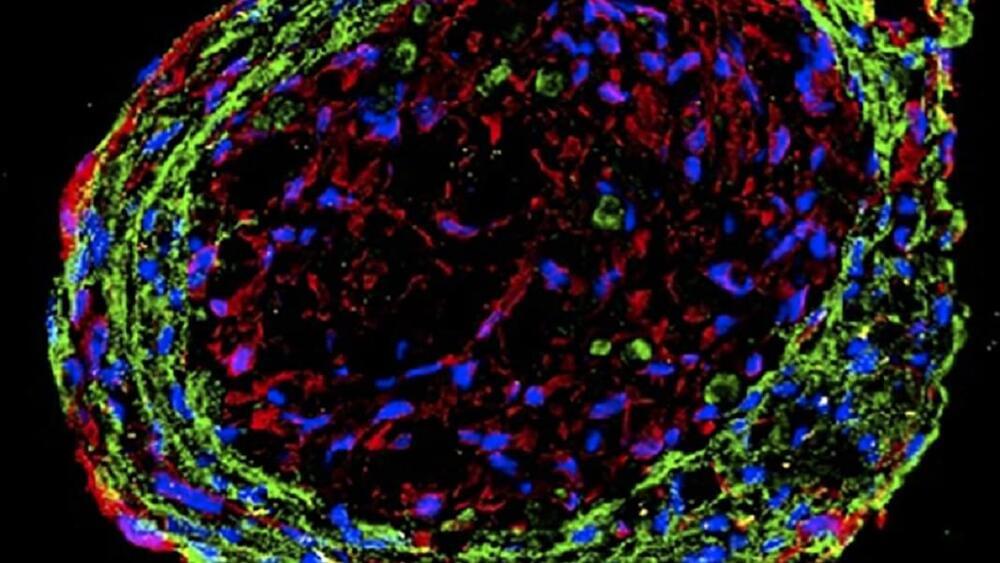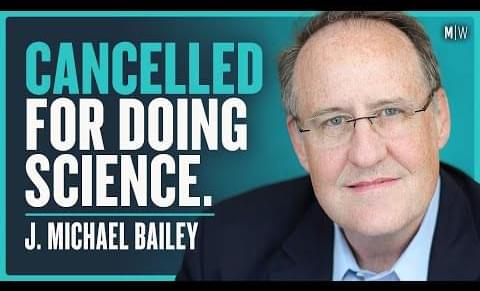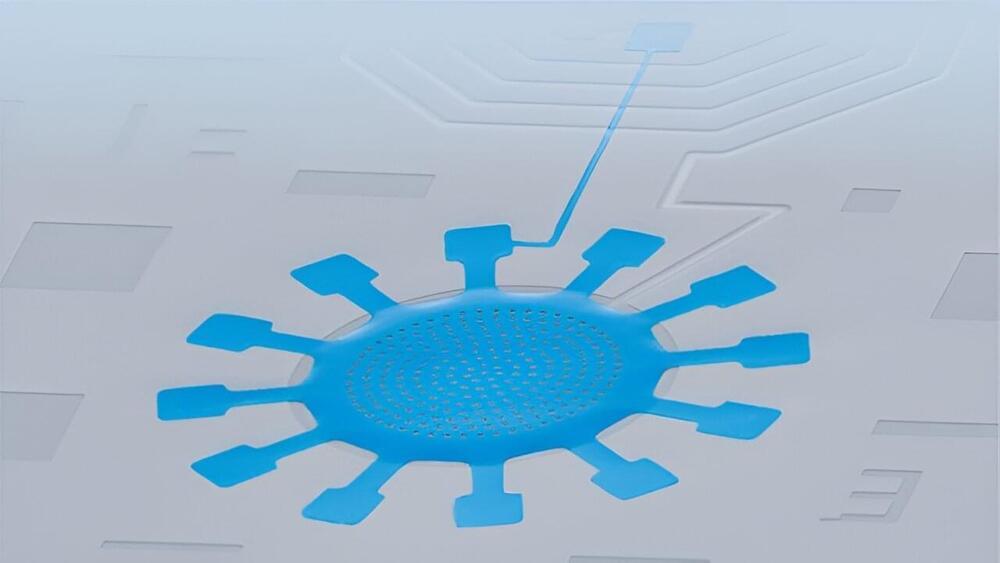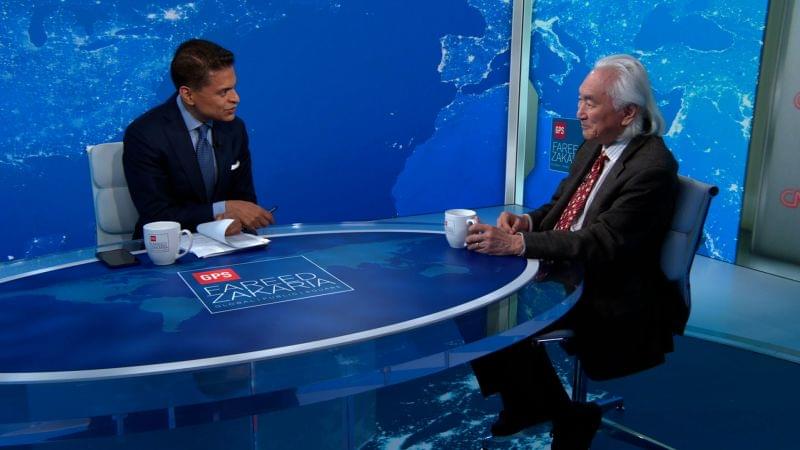Check out our Patreon page: https://www.patreon.com/teded.
View full lesson: https://ed.ted.com/lessons/can-we-grow-human-brains-outside-…-lancaster.
Shielded by our thick skulls and swaddled in layers of protective tissue, the human brain is extremely difficult to observe in action. Luckily, scientists can use brain organoids — pencil eraser-sized masses of cells that function like human brains but aren’t part of an organism — to look closer. How do they do it? And is it ethical? Madeline Lancaster shares how to make a brain in a lab.
Lesson by Madeline Lancaster, animation by Adam Wells.
Thank you so much to our patrons for your support! Without you this video would not be possible! Nik Maier, Robert Sukosd, Mark Morris, Tamás Drávai, Adi V, Peter Liu, Leora Allen, Hiroshi Uchiyama, Michal Salman, Julie Cummings-Debrot, Gilly, Ka-Hei Law, Maya Toll, Aleksandar Srbinovski, Jose Mamattah, Mauro Pellegrini, Ricardo Rendon Cepeda, Renhe Ji, Andrés Melo Gámez, Tim Leistikow, Moonlight, Shawar Khan, Chris, Alex Serbanescu, Megan Douglas, Barbara Smalley, Filip Dabrowski, Joe Giamartino, Clair Chen, Vik Nagjee, Karen Goepen-Wee, Della Palacios, Rui Rizzi, Bryan Blankenburg, Bah Becerra and Stephanie Perozo.
